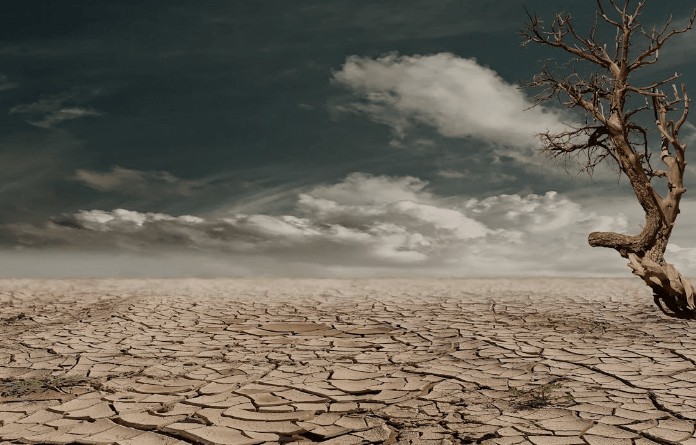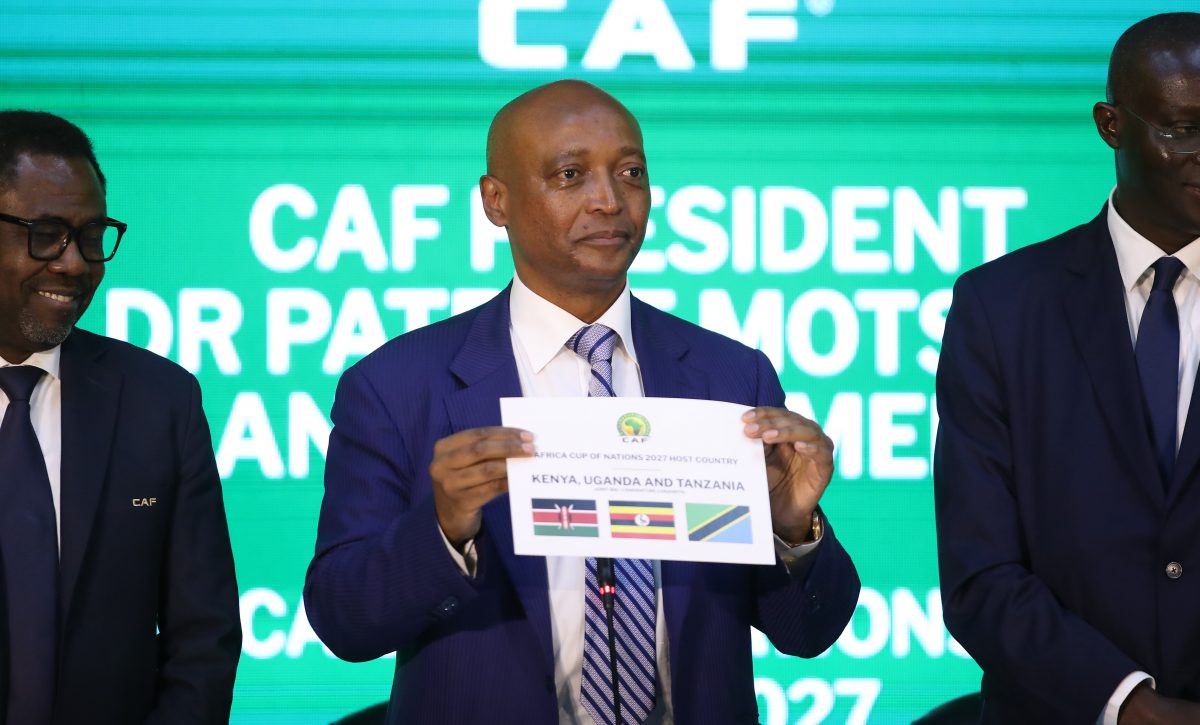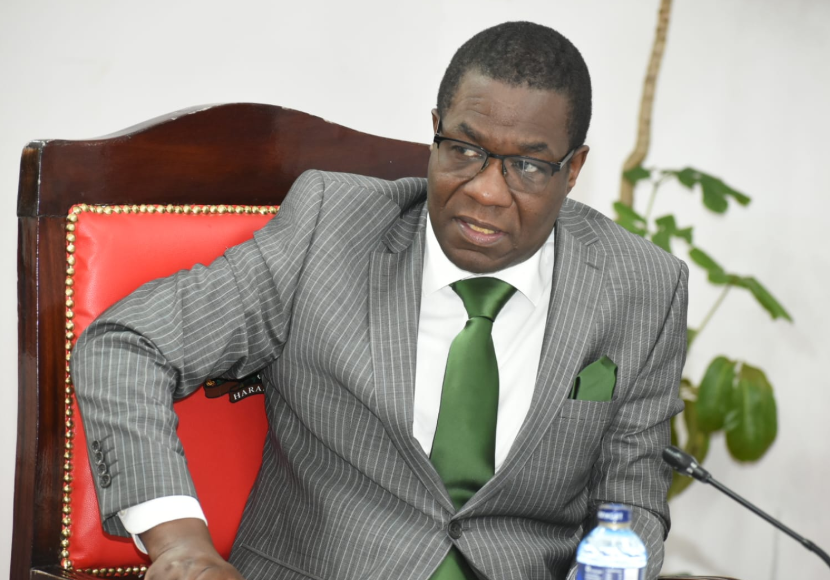Experts commend Kenya’s response to drought crisis

Kenya has been commended for proactively responding to the most widespread and damaging drought events in recorded history since 2020, through innovative adaptation and mitigation measures.
Speaking to the People Daily before the launch of the Global Drought Hotspots Report on Wednesday, lead author and US National Drought Mitigation Centre (NDMC) drought impacts researcher Paula Guastello said greenhouse gas (GHG) emissions caused by fossil fuels (owned by people outside the most affected countries), had contributed to global warming and drought.
Accompanied by United Nations Convention to Combat Desertification (UNCCD) drought specialist Daniel Tsegai, Guastello said global warming and drought had also led to a drop in hydropower generation. However, some countries like Kenya, had responded to drought impacts with strong mitigation measures.
“Kenya has improved in its drought resilience by investing in renewable sources of energy – solar, wind and geothermal energy. Solar energy, though, is expensive, especially in the initial capital investment, due to the high cost of equipment such as solar panels. This is an issue which needs to be addressed since renewable energy has great potential to address the impacts of climate change in Africa”.
Severe drought has left a major impact on food security across the African continent. Southern Africa, already drought-prone, was devastated, with roughly one-sixth of the population (68 million) needing food aid in August 2024.
In Ethiopia, Malawi, Zambia and Zimbabwe, maize and wheat crops have failed repeatedly. In Zimbabwe alone, the 2024 corn crop was down 70 per cent year on year, and maize prices doubled while 9,000 cattle died of thirst and starvation.
Food insecurity
In Somalia, the government estimated 43,000 people died in 2022 alone, due to drought-linked hunger. As of early 2025, 4.4 million people – a quarter of the population – face crisis-level food insecurity, including 784,000 expected to reach emergency levels.
“This was the worst drought in the Horn of Africa, especially in Kenya and Somalia, thousands of people dying of hunger, 1.7 million children were malnourished, livestock populations perished, school dropouts,” says Tsegai. “Preparedness is a necessity through international and regional cooperation on drought resilience in a more sustainable manner,” he adds.
To curb the impacts of drought on food security, Tsegai calls for the reform of agricultural practices through policy measures – the promotion of agroforestry, water storage, and increased research on and growing of indigenous crops including cassava and yams.
“The cost of water mismanagement and land degradation, the economic costs, are enormous, as is the cost of inaction, reflected in the human impacts and wildlife loss”.
Zambia suffered one of the world’s worst energy crises as the Zambezi River in April 2024 plummeted to 20 per cent of its long-term average. The country’s largest hydroelectric plant, the Kariba Dam, fell to 7 per cent generation capacity, causing blackouts of up to 21 hours per day and shuttering hospitals, bakeries and factories.
The 2023–2024 El Niño event amplified already harsh climate change impacts, triggering dry conditions across major agricultural and ecological zones. Drought’s impacts hit hardest in climate hotspots, regions already suffering from warming trends, population pressures, and fragile infrastructure.
Global Drought Hotspots Report co-author Dr Cody Knutson, who oversees NDMC drought planning research, underlined a recent Organisation of Economic Cooperation and Development (OECD) estimate that a drought episode today carries an economic cost at least twice as high as in 2000, with a 35 per cent to 110 per cent increase projected by 2035.
“Ripple effects can turn regional droughts into global economic shocks,” she adds. “No country is immune when critical water-dependent systems start to collapse.”
The new report synthesises information from hundreds of governments, scientific and media sources to highlight impacts within the most acute drought hotspots in Africa (Botswana, Ethiopia, Malawi, Namibia, Somalia, Zambia, Zimbabwe), the Mediterranean (Morocco, Spain, Türkiye), Latin America (Amazon Basin, Panama), Southeast Asia, and beyond.
Guastello says concerns in the Amazon call for mitigation strategies to deal with the interesting phenomenon of droughts, deforestation, more water loss and wildfires threatening its long-standing role as a buffer zone against climate change.
“Drought is transitioning the Amazon from a carbon sink to a carbon net source. Deforestation and GHG emissions are a cause of concern for human rights and human health”.
Record-low river levels in the Amazon Basin in 2023 and 2024 led to mass deaths of fish and endangered dolphins, and disrupted drinking water and transport for hundreds of thousands. The drought upended life for remote Indigenous and rural communities. In some areas, the Amazon River fell to its lowest level ever recorded, leaving residents stranded – including women giving birth – and entire towns without potable water.
“The coping mechanisms we saw during this drought grew increasingly desperate,” says Guastello. “Girls pulled from school and forced into marriage, hospitals going dark, and families digging holes in dry riverbeds just to find contaminated water — these are signs of severe crisis.”
“As droughts intensify, it is critical that we work together on a global scale to protect the most vulnerable people and ecosystems, and re-evaluate whether our current water use practices are sustainable in today’s changing world,” Guastello says.
According to the International Drought Resilience Alliance (IDRA) proactive drought management is a matter of climate justice, equitable development, and good governance. Today, around 85 per cent of people affected by drought live in low- and middle-income countries, women and girls the hardest hit.
Public policies and international cooperation frameworks must therefore urgently prioritise drought resilience for societies and economies.”
Drought has killed wildlife en masse. Beyond the 200 endangered river dolphins and thousands of fish lost to Amazon drought, 100 elephants died in Zimbabwe’s Hwange Park due to starvation and lack of water from August to December 2023. Hippos were stranded in dry riverbeds in Botswana in 2024. Namibia and Zimbabwe last year culled 200 elephants to feed rural communities and protect ecosystems from overgrazing.
Tsegai says that despite the gloomy picture, there is hope with the synergies between UNCCD, IDRA, the UN Convention on Biodiversity (CBD), the UN Framework Convention on Climate Change (UNFCCC) and other partnerships.
“There is a lot of political traction around drought resilience and partnerships in support of 80 vulnerable countries following last December’s UNCCD COP16 in Riyadh, Saudi Arabia.”















